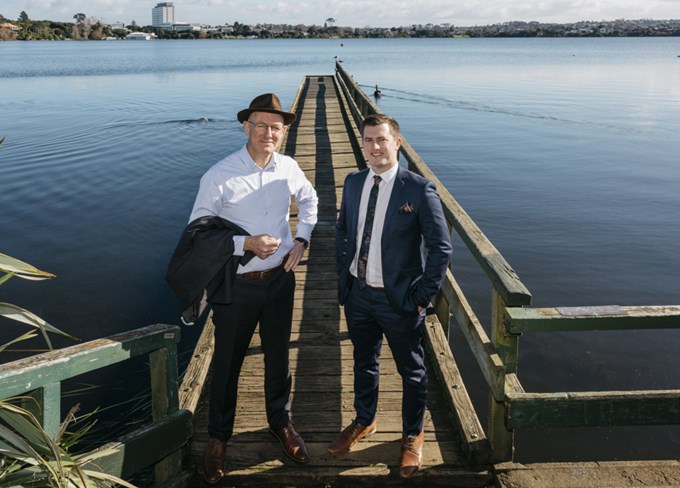With summer on the horizon, Auckland Council has increased monitoring of Lake Pupuke twofold.
Warmer summer weather creates an increase in the number of algal blooms present in the lake, which have the potential to turn the water brown.
While the discolouration is not toxic, it can alarm lake users and nearby residents. The council has teamed up with the Cawthorn Institute and local science initiative Project Baseline Lake Pupuke to better understand the causes of these issues and see what can be done to improve the health of the lake.
Testing of the lake has increased from four times a year to eight, with the results showing that the water quality is relatively good and safe to swim in.
“Testing has shown that the lake has become increasingly nutrient enriched,” says North Shore ward councillor Richard Hills.
“The increase in algal blooms is due to the higher levels of nutrients, as well as pest fish and plants that disturb the lake’s natural ecosystem.”
While this is not unusual for an urban lake, Lake Pupuke’s impressive depth, combined with a lack of feeding or draining waterways creates a ‘sink’ effect that adds to its complex nature.
Cr Hills says it’s been heart-breaking to see the state of the lake steadily worsen in recent years.
“Lake Pupuke is an icon for those of us who’ve grown up on the Shore. I have great memories of swimming here as a boy and I want future generations to also enjoy that experience.”
Councillor Chris Darby adds, “It’s a 100,000-year-old volcanic gem and we need to do everything in our power to restore its beauty.”
“The issues in the lake are complex, and we need to get the right data first before we can make informed management decisions. The wrong measures could cause the lake’s water quality to deteriorate even further.”
Work to find a solution continues. An intervention investigation project begins in October 2018, and by June 2019 the council will be able to make decisions on effective mitigation and restoration.


